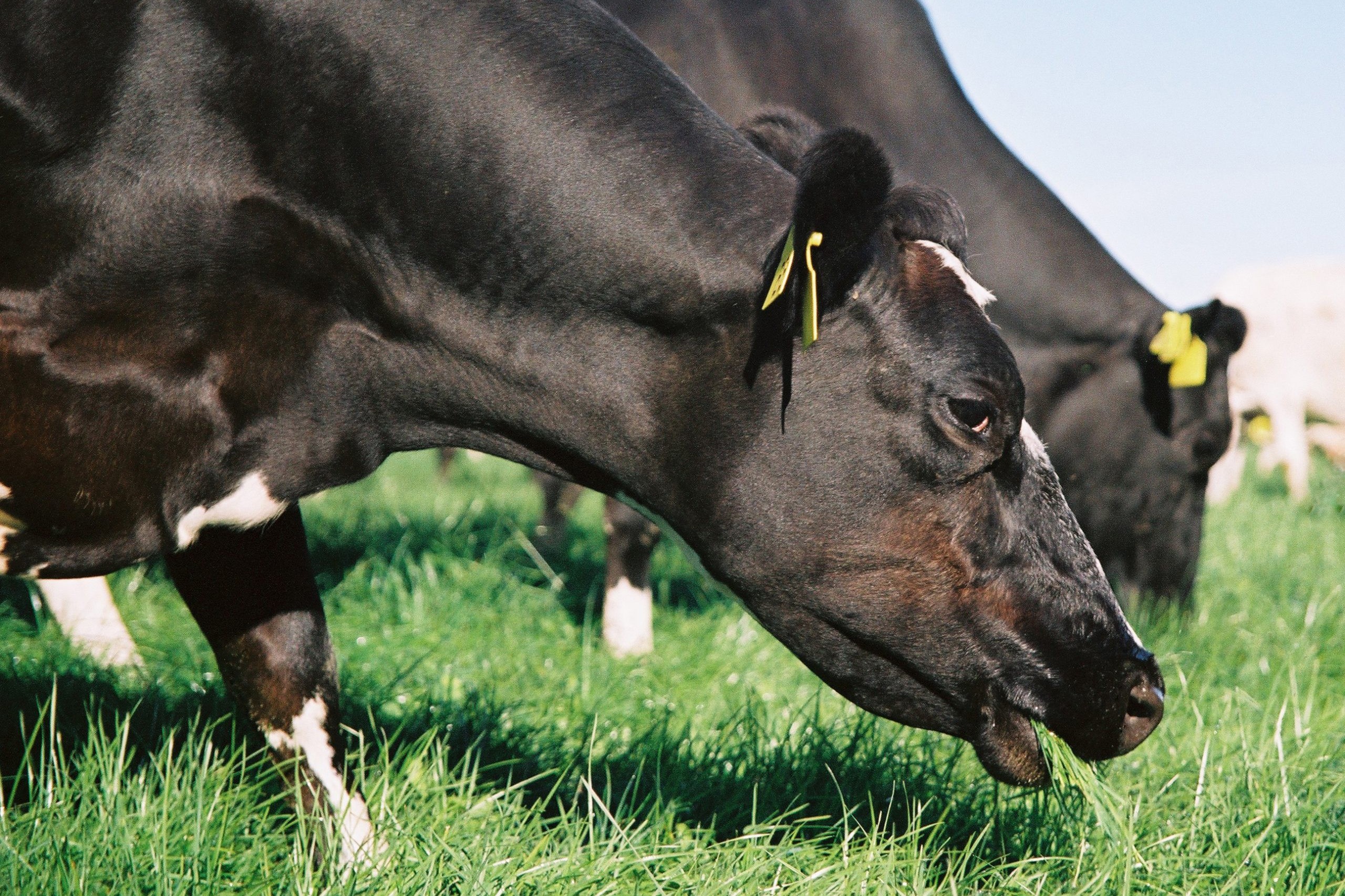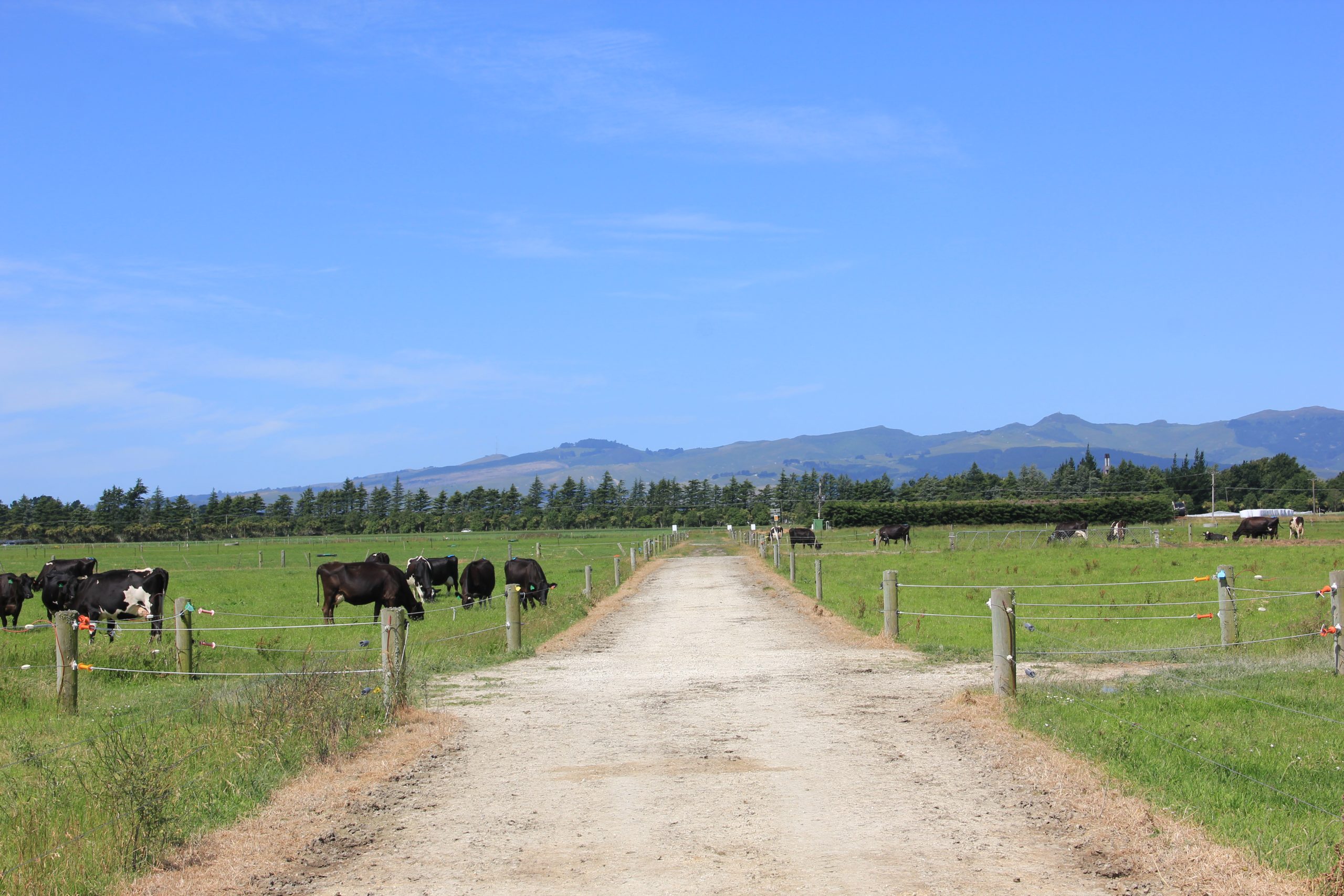Lynda Gray
A good home-grown brassica crop can cost as little as 6-8cents/kg drymatter to grow. The problem is that often the basics for growing brassicas are short-circuited resulting in a shortfall in drymatter, increased growing costs, and the question of ‘what’s gone wrong?’, PGG Wrightson Seeds Otago/Southland agronomist Brian Young says.
From his experience the stage that’s often overlooked is crop emergence when pests can take hold.
“You need to watch the crop over the first 10 days for insect damage because that’s when the attacks happen. Get off the bike and have a walk around, don’t just look over the fence when you ride past.”
Seed treatment will give some protection against fungal disease and pests like springtail or wheat bug (Nysius fly), but they aren’t the total solution which is why follow-up observation is needed.
Weed control is another area that if not planned and executed can cut back yields.
“You need to have a robust and effective pre-emergent spray plan because a lot of sprays don’t work effectively once the crop has emerged.”
Knocking back weeds pre-emergence also conserves soil moisture for the growing crop.
The sowing of seed at the correct depth has a big bearing on the success or otherwise of a brassica crop. Usually a 10mm depth is ideal.
“You can lose up to 25% of seed sown if it’s too deep and it happens a lot especially with broadcast and harrowed crops.”
For that reason, precision drilling is now becoming more popular for the establishment of swede crops throughout Southland. Typically, a precision sown swede crop produced an extra three to four tonnes of crop compared to a broadcast seed.
Precision sowing works out at about an extra $140/ha, including drill and pelleted seed, but the payback was an extra 3000-4000kg DM worth another $780 to $1040/ha based on a bought-in cost of 26c/kg/dm.





